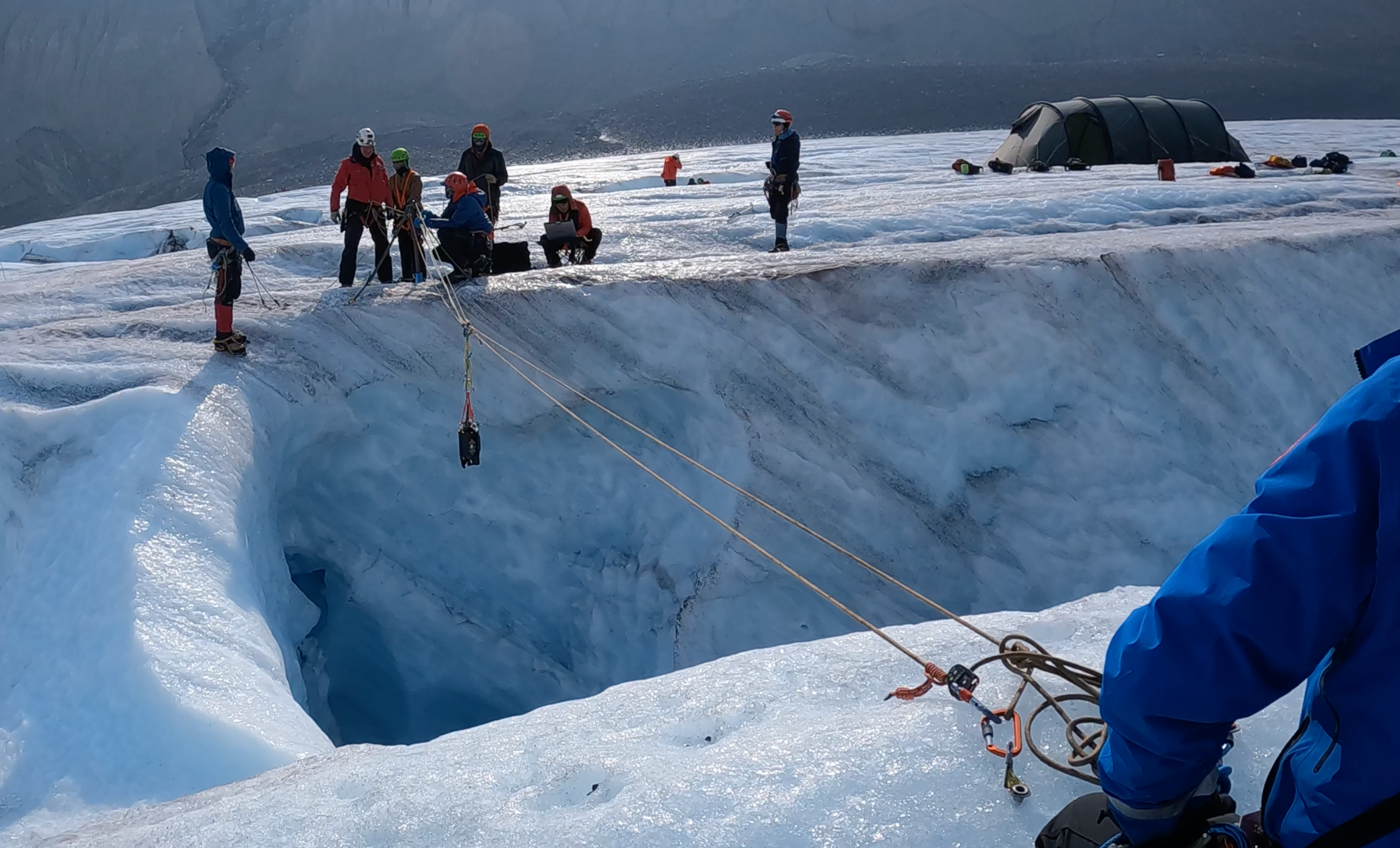A jointed robot that moves like a snake has been unveiled by NASA’s Jet Propulsion Laboratory (JPL), and the makers hope to send it to Enceladus to hunt for life. While it might give ophidiophobes nightmares, if the Exobiology Extant Life Surveyor (EELS) achieves its goal, it could be a giant slither for humankind.
If there is life in the Solar System beyond the Earth, it’s almost certainly not on the surface of another world. We’ve invested vast resources in chipping at rocks on Mars and will invest many times more in the hope of finding microbes hiding in the dirt. All the other credible prospects, however, involve the oceans within gas giants’ icy moons, or possibly similarly composed dwarf planets.
To study such environments we need not only an object that can move through water, but one that can reach the internal ocean in the first place. Europa, the first moon discovered to have seas within, is thought to have a crust kilometers thick, making drilling an intimidating challenge.
On the other hand, Enceladus has geysers thought to connect directly from the surface to the ocean within, providing the opportunity for a robot with sufficient spirit and perseverance to explore the sunless sea.
We don’t know the width of the fissures through which Enceladus’s geysers spurt, nor whether counterparts exist on any of the other icy worlds we wish to explore – hints on Europa notwithstanding. Consequently, all we can do is send the thinnest and most flexible machine capable of doing the job to the moon with the apparently largest fractures in its shell.
Besides the search for extraterrestrial life, EELS, or something similar, could one day explore parts of the Moon or asteroids other robots can’t reach, and maybe go searching in caves or glaciers on Earth as well. Perhaps one day, a spin-off could rescue people stuck in caves, or at least bring them supplies until other humans can get there.
“It has the capability to go to locations where other robots can’t go. Though some robots are better at one particular type of terrain or other, the idea for EELS is the ability to do it all,” JPL’s Matthew Robinson said in a statement. “When you’re going places where you don’t know what you’ll find, you want to send a versatile, risk-aware robot that’s prepared for uncertainty – and can make decisions on its own.”

EELS’ sensor head is lowered into a moulin in Athabasca Glacier to test its lidar mapping capacity.
Image Credit: NASA/JPL-Caltech
Regular field tests are underway of EELS 1.0, which weighs 100 kilograms (220 pounds) and is 4 meters (13 feet) long. Modifications are being made after each round of testing. “There are dozens of textbooks about how to design a four-wheel vehicle, but there is no textbook about how to design an autonomous snake robot to boldly go where no robot has gone before,” said JPL’s Hiro Ono. “We have to write our own. That’s what we’re doing now.”
It takes at minimum 72 minutes for commands traveling at the speed of light to get from Earth to Enceladus, so direct instructions are not an option. Instead, it will need to face dangers and obstacles autonomously, equipped with as many options as possible.
The goal is to have a robot ready for action by late 2024. Even if it achieves that ambitious target, EELS is likely to have a long wait before a mission to take it is launched, even aside from the seven to 12 years a voyage to Saturn will take. A voyage to Enceladus isn’t on NASA’s schedule over the next decade. Moreover, there are growing fears blowouts in the cost of the Mars Sample Return, and to a lesser extent other space voyages, will leave no space for new ideas for many years to come.
Source Link: NASA Unveils Snake-Like Robot That Could Seek Life Within Icy Moons